Sony RX10 M3: Close-Up Experiences - +3 Achromat Test
This page and its companion pages discuss the macro, or better, close-up, abilities of the Sony RX10 M3. Although the camera has a macro mode, I would not call these photos "macros" and therefore use the term "close-up."
On this page, I present some experiments with +3 close-up lens, a Marumi achromat, screwed to the 72 mm filter adapter.
Note: This page is also valid for the Sony RX10 M4, because both cameras have identical lenses.
Note: See also page Close-Up Samples - Part 2 (with lens).
Introduction
After some tests with hand-held close-up lenses, I decided to buy a Marumi +3 achromat with a 72 mm filter thread. In the following, I report on which object sizes can be achieved at selected focal lengths and show some very first samples shot at different focal lengths.
Setting the Stage...
The Achromat
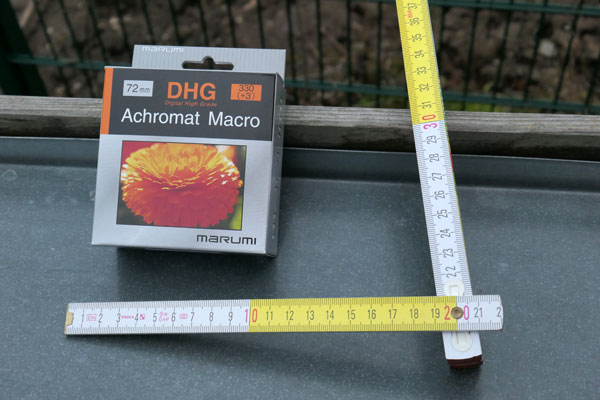 |
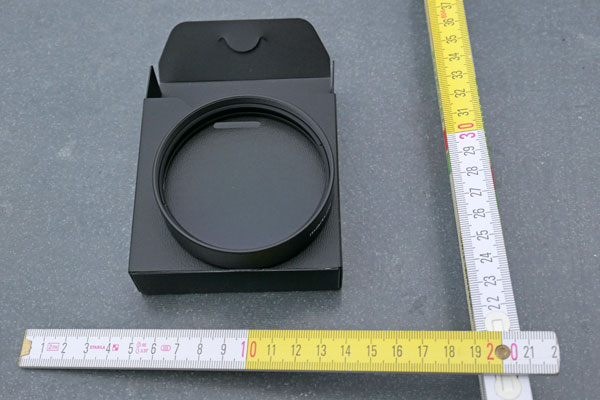 |
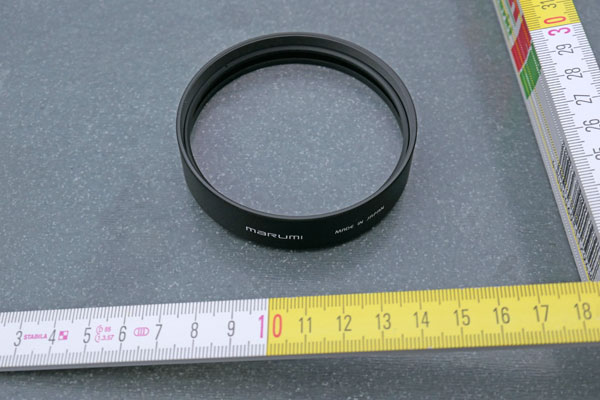 |
||
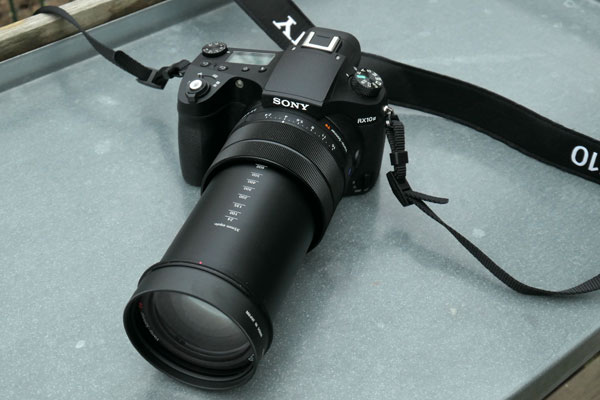 |
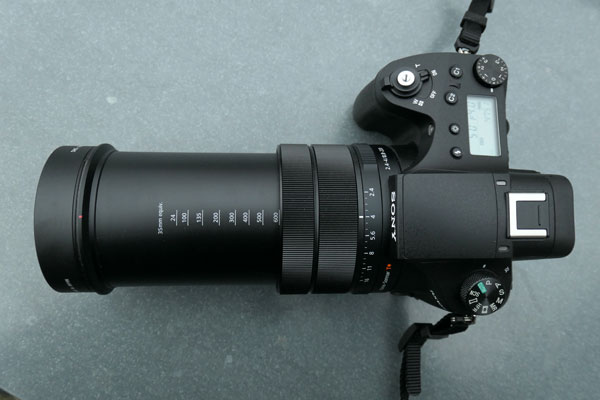 |
|||
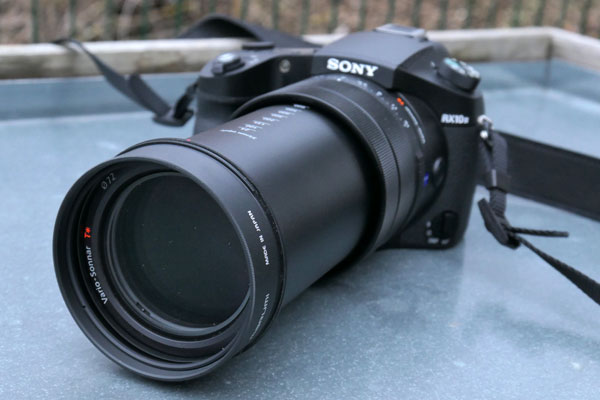 |
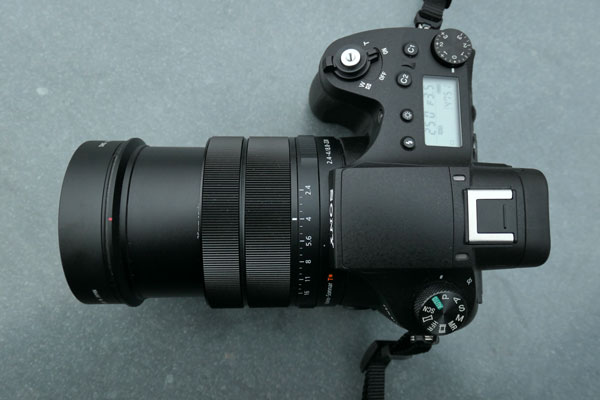 |
Photos: Marumi +3 achromat with a 72 mm filter thread (top row); screwed to the lens (middle and bottom row)
Test Shots Using a Ruler
I did test shots using a ruler with the Marumi +3 achromat and set focusing to manual, using two distance values: the closest possible one and infinity (according to the distance scale). I do not present samples of the test shots of the ruler here, only the results in the form of a table of the minimum object widths. Do not take the values too seriously, but I think they provide an orientation.
|
Focal Length |
Close-up Lens Setup
|
|||
| None | Marumi +3 Achromat |
|||
| (equiv.) | Minimum Object Width > |
MF closest | MF closest | MF infinity |
| 50 | 62 mm | n.a. | n.a. | |
| 85 | 92 mm | 67 mm | 149 mm | |
| 100 | 114 mm | 70 mm | 121 mm | |
| 135 | 189 mm | 70 mm | 89 mm | |
| 200 | 266 mm | 55 mm | 58 mm | |
| 300 | 189 mm | 38 mm | 40 mm | |
| 400 | 108 mm | 28 mm | 32 mm | |
| 500 | 86 mm | 24 mm | 26 mm | |
| 600 | 69 mm | 20 mm | 22 mm | |
Overall, there is not much difference between the object widths when setting distance either to closest distance or to infinity, at least from a focal length of 200 mm (equiv.) on. However, the distance to the object, which I did not record, is slightly larger when distance is set to infinity. One can also see that, at a focal length of about 200 mm (equiv.) and beyond, the achromat surpasses the minimum object width that can be achieved at shorter focal lengths without a lens.
By the way, these test shots confirmed my results from my shots with a focal length of 600 mm (equiv.) where I held close-up lenses in front of the lens with my fingers.
Conclusion
I conclude from this test that, beginning from a focal length of 200 mm (equiv; maybe 135 mm...) and longer, the Marumi +3 achromat (or any other achromat of that strength) is a good supplement to the Sony RX10 M3 for close-up shots. Taking such shots at 400-600 mm is, however, a challenge. A +2 or even a +1 diopters achromat might be less challenging, but would deliver less magnification. So, whatever you want...
Overall, I think that the +3 achromat is best used at focal lengths between 200 and 400 mm (equiv.). At longer focal lengths, sharpness seem to suffer and the depth of field is minuscule...
Sample Photos
Test Photos
The test photos with the Marumi +3 achromat were shot with ISO 1600 and distance set to infinity.
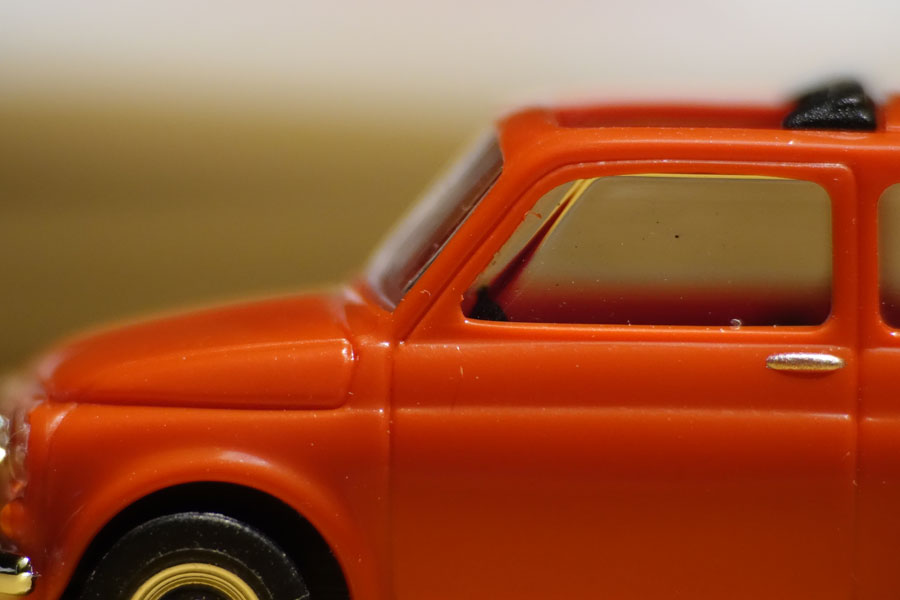 |
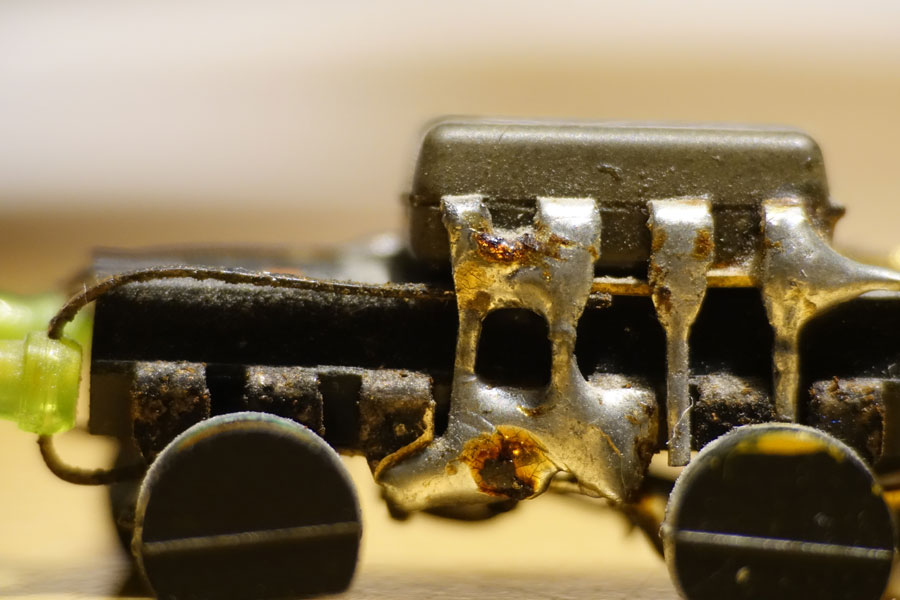 |
|
600 mm |
600 mm |
|
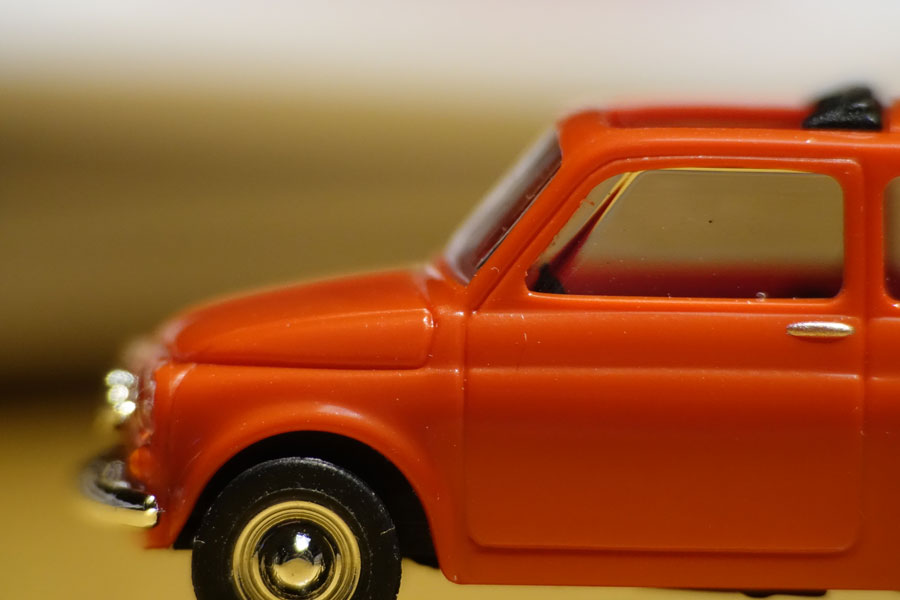 |
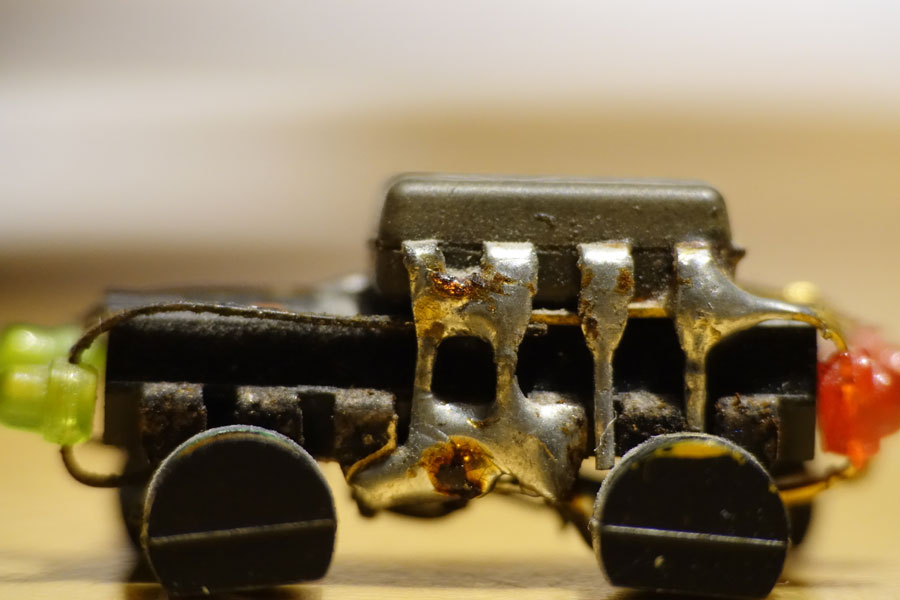 |
|
500 mm |
500 mm |
|
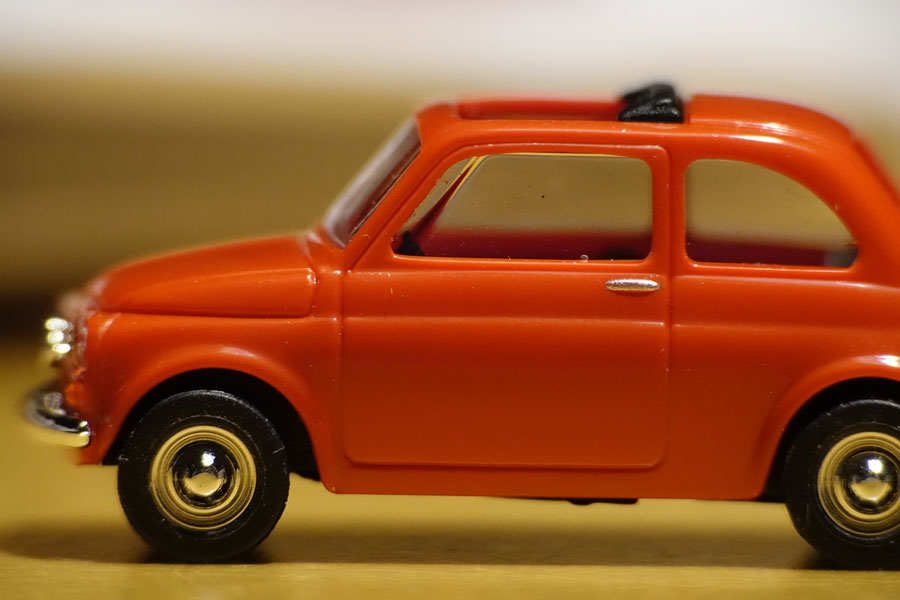 |
 |
|
400 mm |
400 mm |
|
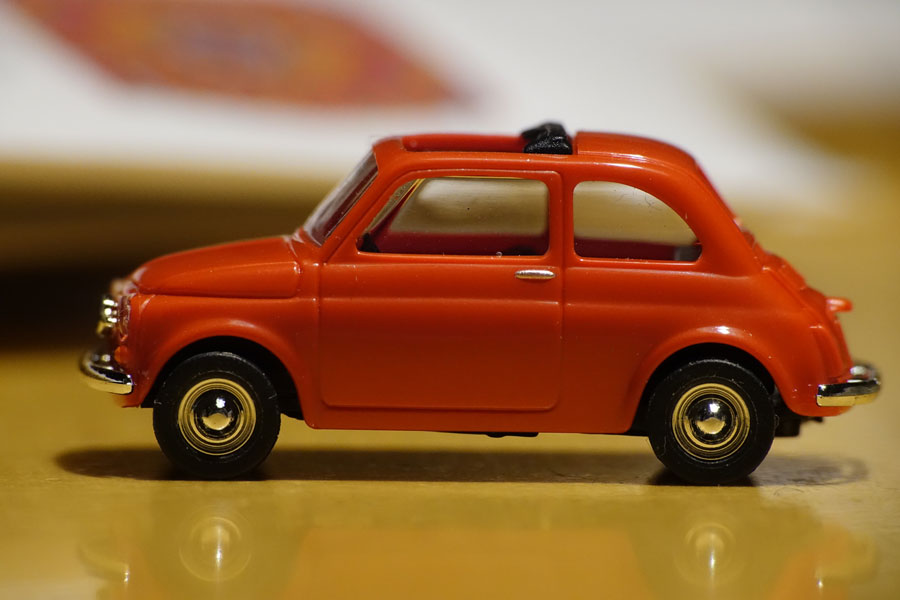 |
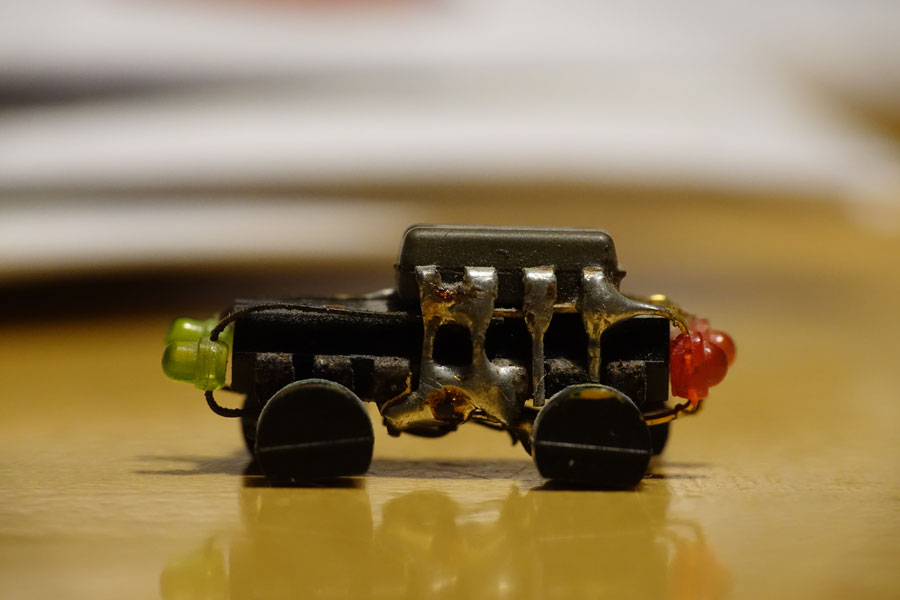 |
|
300 mm |
300 mm |
Real World Photos
In the following, I just present a few very early "real-world" test shots (ISO 1600) of poor quality that were done with the +3 Marumi achromat at different focal lengths.
 |
 |
|
400 mm |
400 mm |
|
 |
 |
|
500 mm |
500 mm |
|
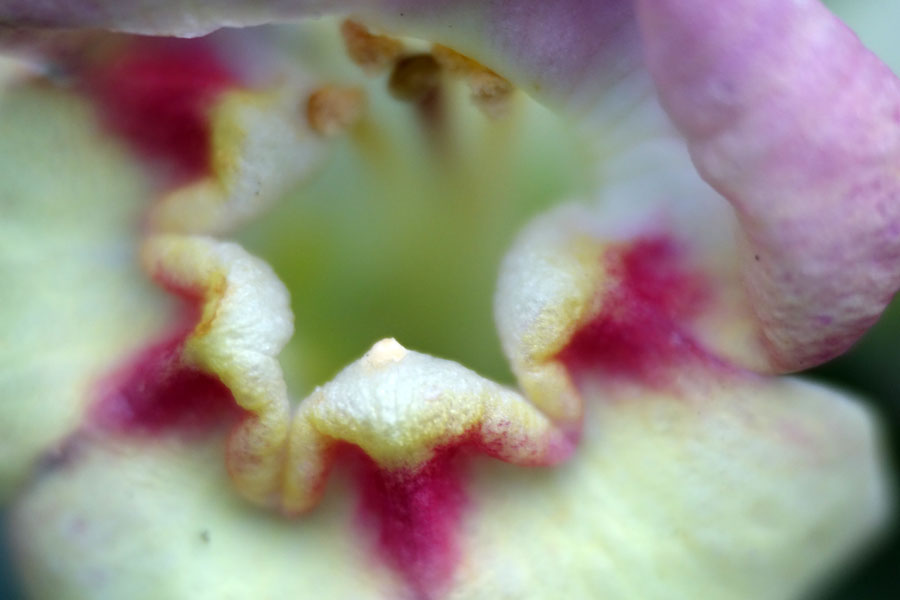 |
 |
|
600 mm |
600 mm |
|
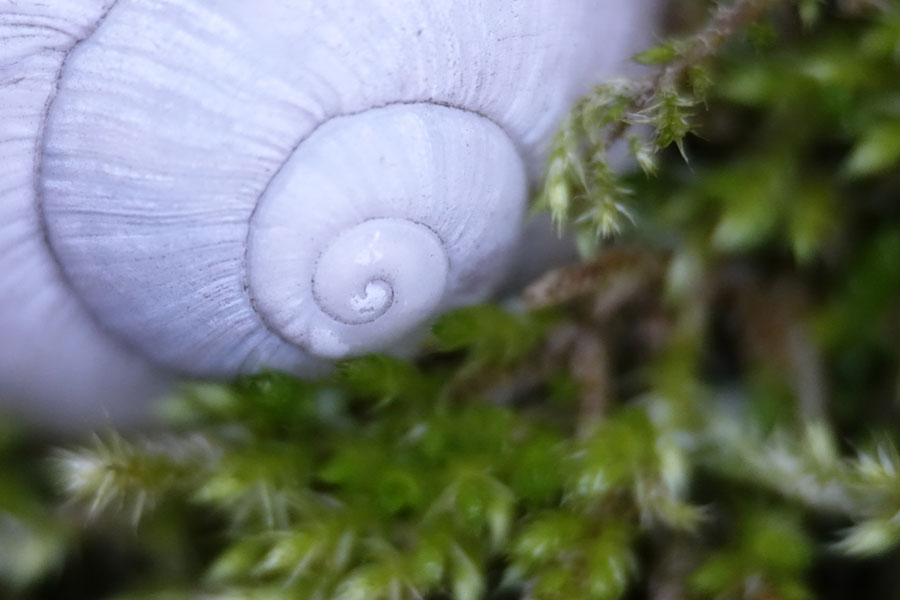 |
 |
|
400 mm |
300 mm |
|
 |
 |
|
300 mm |
200 mm |
|
 |
 |
|
600 mm |
400 mm |
|
 |
 |
|
300 mm |
300 mm |
References
- Alexander S. White (2016). Photographer’s Guide to the Sony DSC-RX10 III. White Knight Press, Henrico, Virginia (ISBN: 978-1-937986-54-4 (paperback), 978-1-937986-55-1 (ebook))
- Henning Fuchs (2016). Sony RX10 III - Die fehlende Anleitung. Amazon CreateSpace Independent Publishing (ISBN: 978-1537703459 (paperback)).
- Michael Nagel (2018). Sony RX10 IV. Franzis Verlag: Haar bei München (ISBN: 978-3-645-60603-5)
| 06.04.2019 |